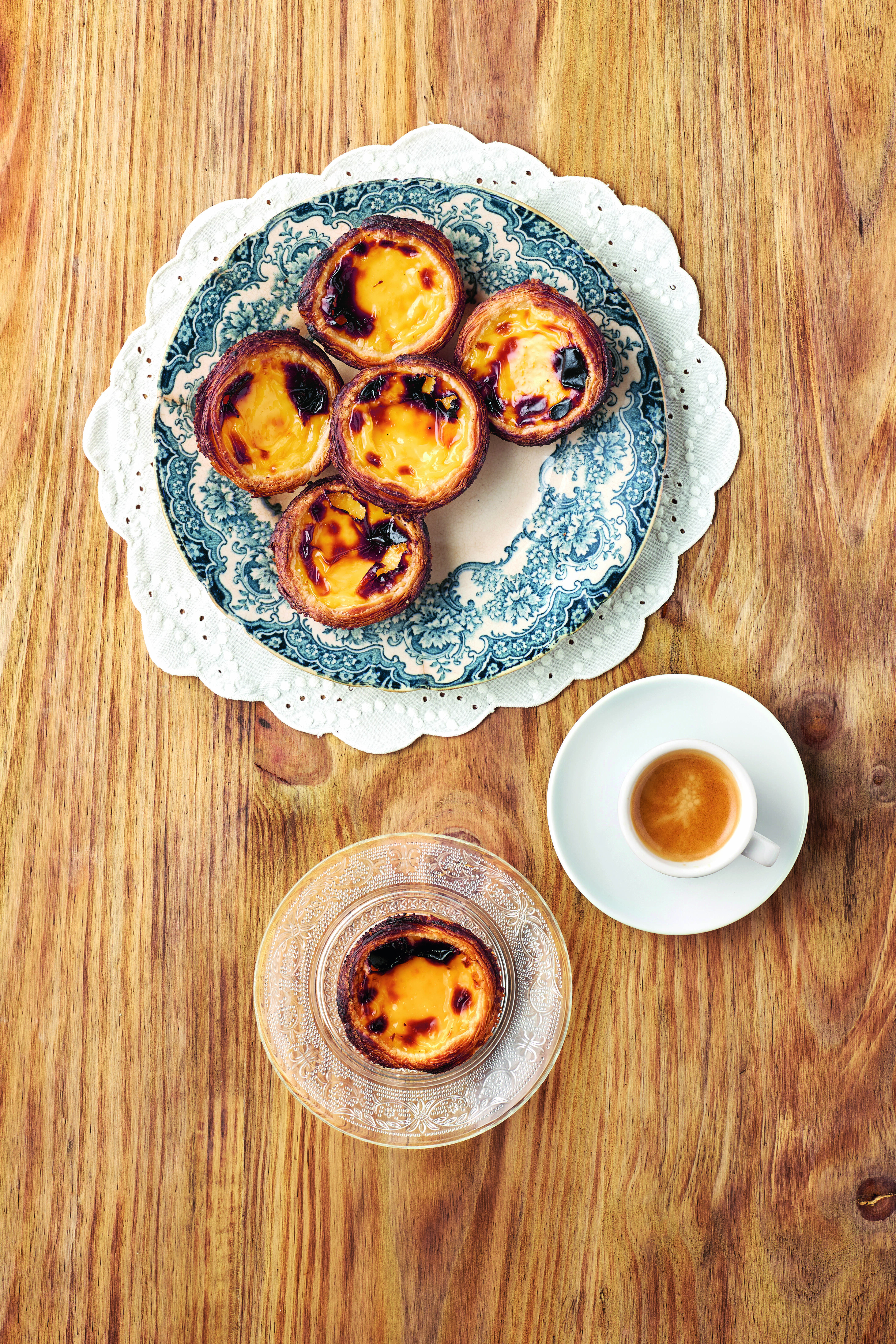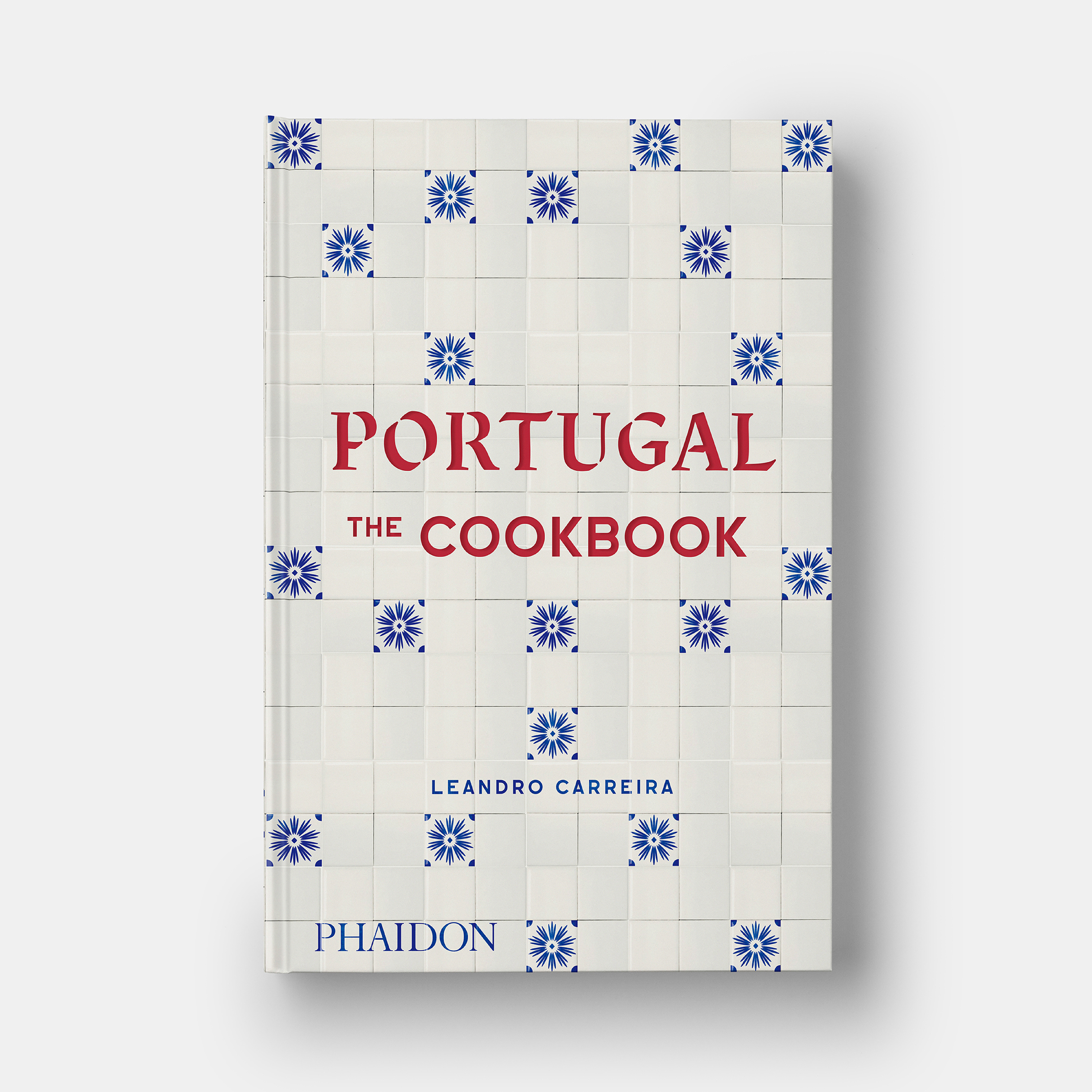
The nuns that turned leftovers into Portugal's best-loved dish
In Portugal: The Cookbook Leandro Carreira traces the surprising journey of one of the country’s delicacies
Portugal: The Cookbook is not only full of little-known, incredibly rewarding dishes. The book, by Portuguese chef and author Leandro Carreira, contains the largest collection of traditional Portuguese recipes translated into English. And, alongside authoritative guides to making caldo verde and pastéis de bacalhau, lies a considerable portion of cultural and culinary knowledge too, as Carreira traces his country’s food ways.
Consider the country’s famous wine trade. As the chef explains, the region surrounding the river Dão is often referred to as ‘the Burgundy of Portugal’, thanks to its world-class bottlings. However, this part of the country is also known for its rich pastries, which, in a way, developed out of the wine industries.
As Carreira explains, the wine business used egg whites as a simple purifying ingredient, which led to a surplus of egg yolks. Nuns would take these unwanted yolks and bake them into the most delectable pastries and tarts, such as “pastéis de Tentúgal and ovos moles de Aveiro,” writes the chef. “First made by Carmelite nuns in the 16th century, the pastry on the pastéis was said to be stretched so thin that the Bible could be read through it.”
That may make these baking nuns hugely pious, but as Carreira, “most nuns in medieval Portuguese convents didn’t end up there due to spiritual calling,” he writes. “The convent population consisted of the second daughter of the rich, single heiresses, widows, orphaned teenagers with a fortune behind them. Many women even had their maids with them in the convent. These were posh ladies. The maids were crucial to the invention of the convent sweets, as most of them were already used to cooking in sophisticated environments.”
Aside from the yolks, these convent bakers also enjoyed plentiful native almonds and could easily access imported sugar to create rich sweets. “Convent sweets were an elite product and so more egg yolks and less egg whites were used, because the yellow colour was very appealing,” he writes,”the nuns used to sell and make money out of the sweets.”

Portugal: The Cookbook
Or course, the church no longer has a monopoly on great Portuguese pastries; indeed one particular dish, once baked in a religious setting, is now one of Portugal’s most famous dishes. Pastéis de nata or traditional Portuguese custard tarts “date back to the 16th century, when they were made in monasteries and convents all over the country,” writes the chef. “These palm-sized tarts have a melt-in-the-mouth, fragile, flaky crust and a not-too-sweet custard that is caramelised and darkened in spots,” adding, “they remain the ultimate national symbol of Portugal.” Carreira says that locals visit their neighbourhood pastry shops in search of the best-tasting pastel de nata, though the book, of course, includes a detailed pastéis de nata recipe, featuring two different versions filling, one flavoured with a vanilla pod, the other with a cinnamon stick. For the full recipe, as well as much more besides, order a copy of Portugal: The Cookbook, here.